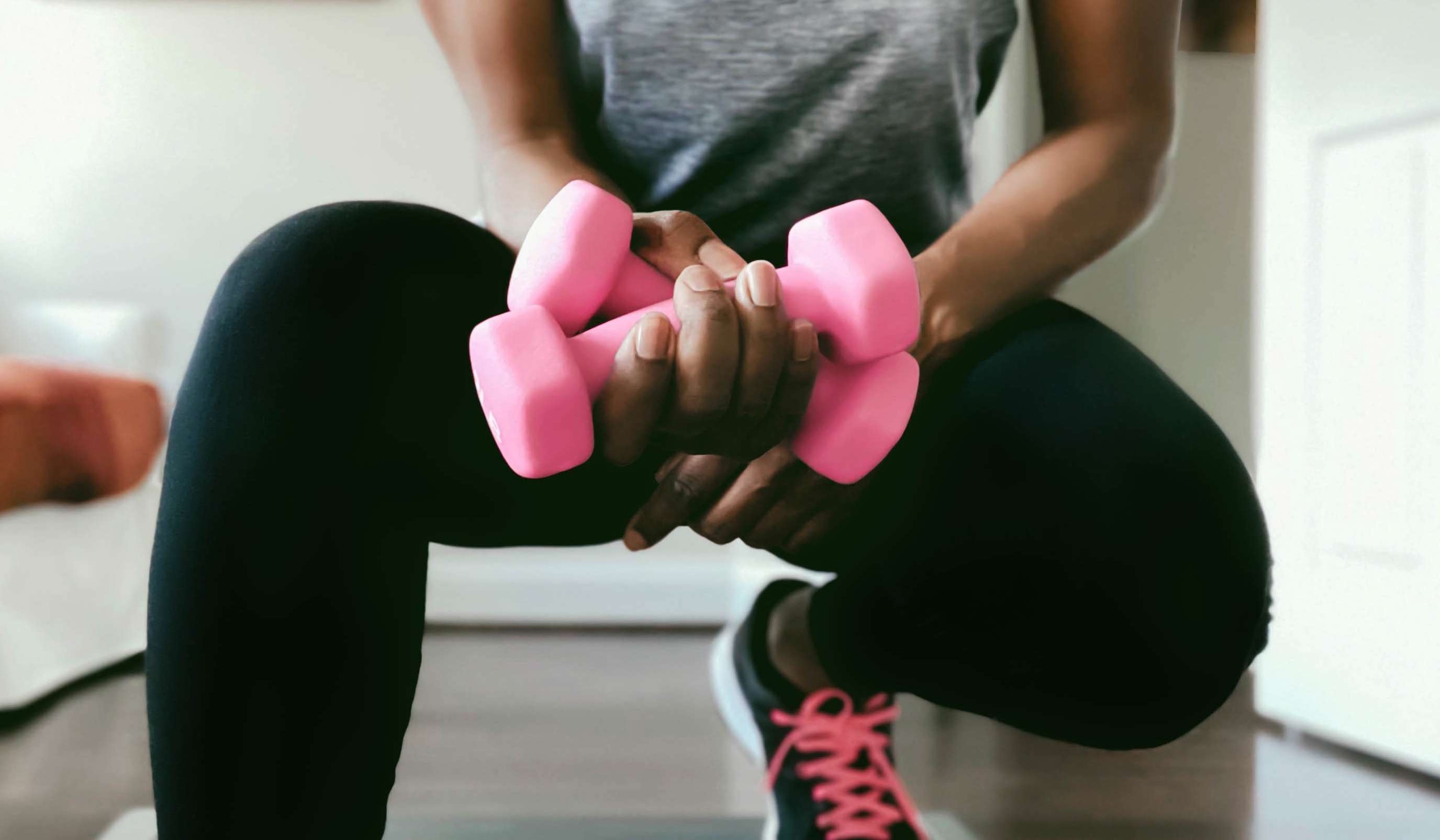Science has found how much weight you should lift if you want to build muscle
Lift 70% of your maximum load for the best muscle-building results, according to Cambridge University


If you want to build muscle, you need to do resistance training. That's a given, and there's no getting around it. Resistance training causes small tears in your muscle fibres, and they grow back bigger and stronger, with the help of rest and dietary protein.
However, there's a lot of discussion about the most efficient way to train in order to grow muscle. Should you do calisthenics, using your own bodyweight for resistance (you can check out our guide on how to do pull-ups and dips for more on this), or lift weights such as the best adjustable dumbbells? If weights are your thing, should you go for low-weight, high-rep sets, or opt for big lifts, trying to break your personal best?

It depends on what your goals are, and many resistance training enthusiasts will try and incorporate a healthy mix to develop a well-rounded body. However, scientists from the University of Cambridge have found the right amount of weight for each person to lift in order to best build muscle – and they've done it via mathematics.
The researchers, published in the Biophysical Journal, looked at resistance training's effect on individual muscle fibres and filaments to discover why lighting weights builds muscle. They then used a mathematical formula to derive how much load it takes in order to stimulate muscle growth in the most effective way.
Co-author Neil Ibata said: "So much time and resources could be saved in avoiding low-productivity exercise regimes, and maximising athletes' potential with regular higher value sessions, given a specific volume that the athlete is capable of achieving.

"Our model offers a physiological basis for the idea that muscle growth mainly occurs at 70% of the maximum load, which is the idea behind resistance training." This was the answer the researchers came up with: around 70% of your maximum weight on any given lift is ideal for building muscle. Higher than this, and you'll exhaust the muscle before you can work it properly. Lower than this, and you're not as likely to stimulate the muscle enough to grow as well.
Of course, there's always exceptions to this: you might be training for a specific goal, such as a big lift or one-rep-max, or you might be doing a high-rep, light weight set at the end of your workout, known as a "drop set", to work your muscles to exhaustion. However, the University of Cambridge scientists have determined 70% of your max lift is the best way to work your muscles to growth.
Start your week with achievable workout ideas, health tips and wellbeing advice in your inbox.
To get started with resistance training in the gym, you can look at our guides for some of the big lifts, such as how to deadlift properly with barbells and how to barbell squat.
Matt Evans is an experienced health and fitness journalist and is currently Fitness and Wellbeing Editor at TechRadar, covering all things exercise and nutrition on Fit&Well's tech-focused sister site. Matt originally discovered exercise through martial arts: he holds a black belt in Karate and remains a keen runner, gym-goer, and infrequent yogi. His top fitness tip? Stretch.
